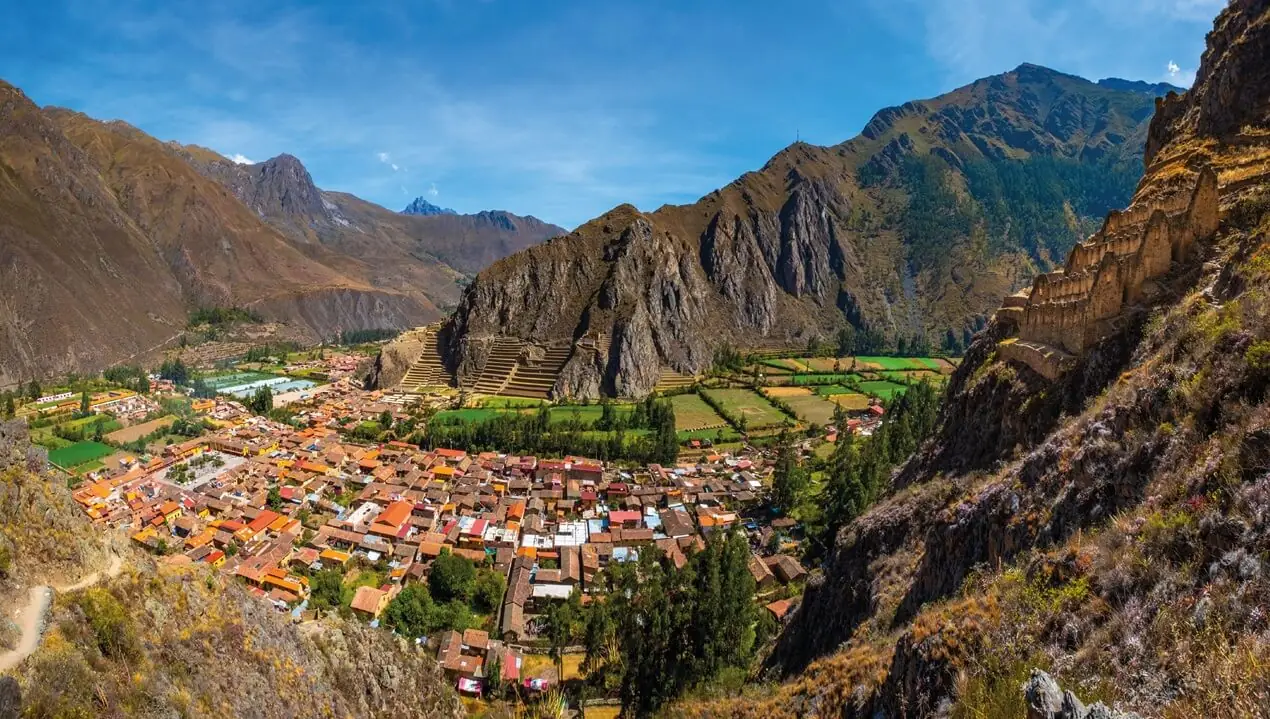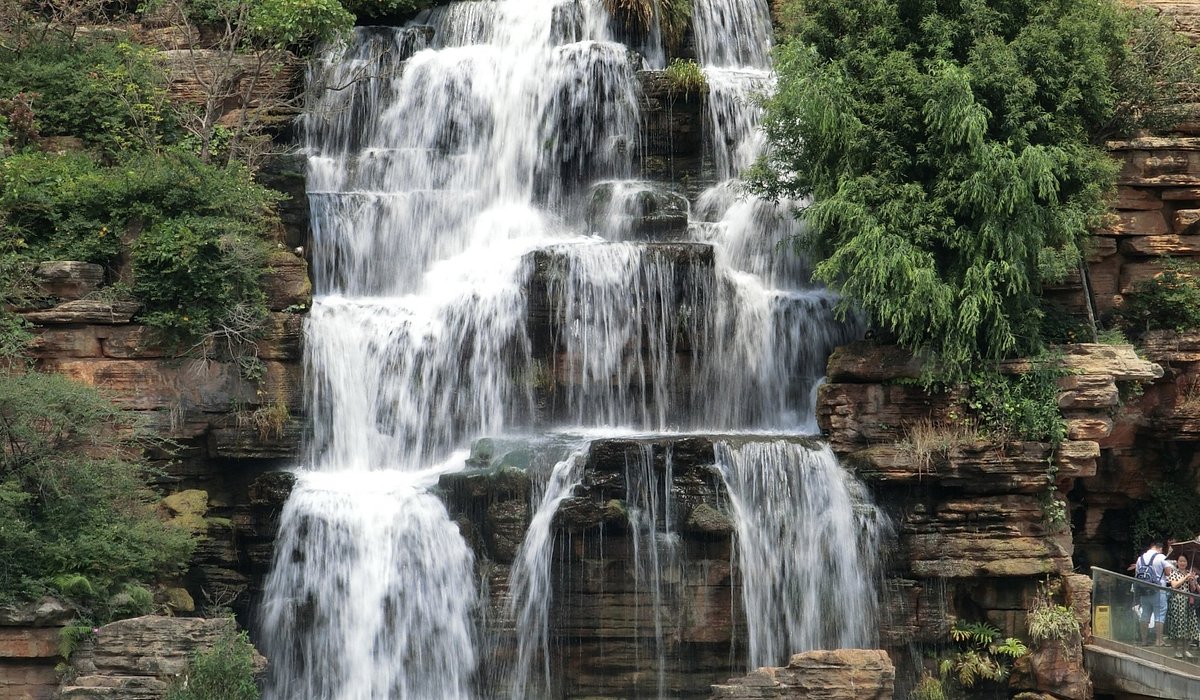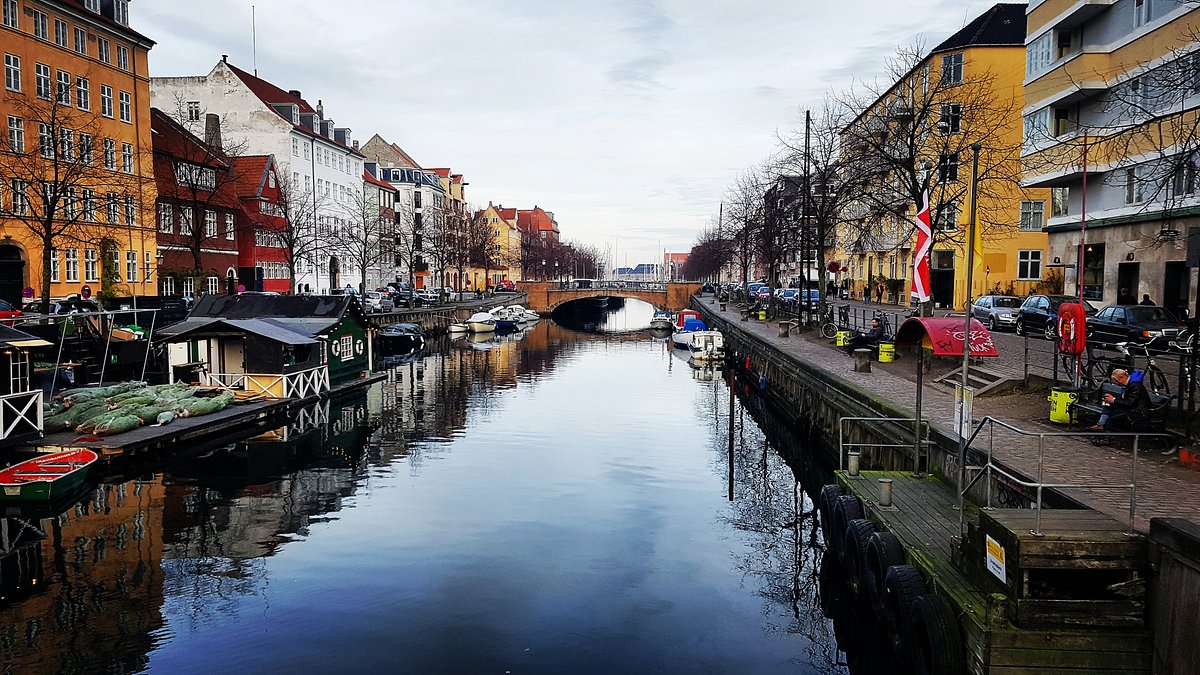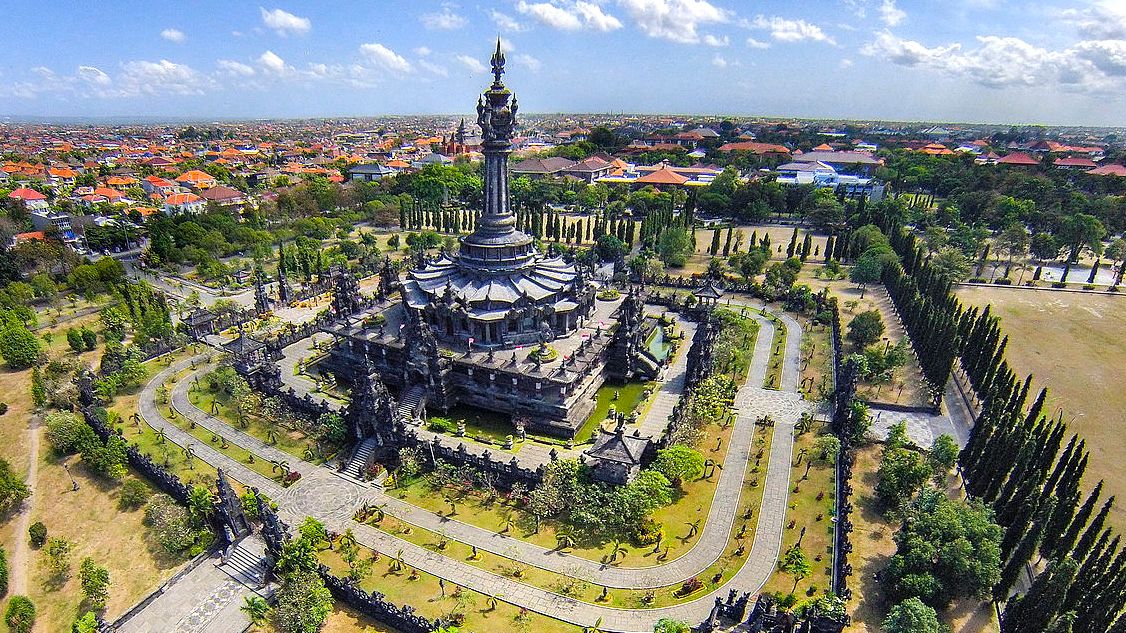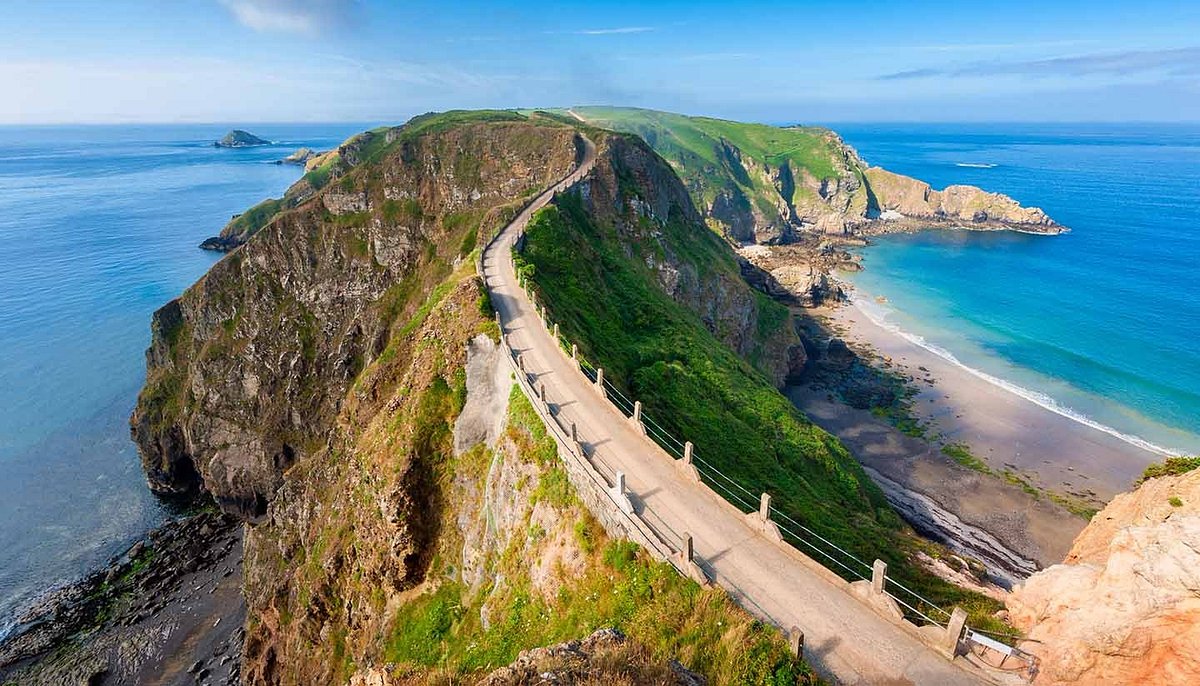Long before the Incas carved out their empire in the Andes, the Sacred Valley of Peru was home to thriving cultures whose engineering, agriculture, and spirituality laid the foundation for what the world later came to know as Incan greatness. From mysterious monoliths to advanced irrigation systems, pre-Inca civilizations turned this fertile region into a hub of innovation and culture. This article explores the pre-Inca roots of the Sacred Valley with detailed, updated insights into the people who shaped it.
A Gateway of Civilizations
Nestled between Cusco and Machu Picchu, the Sacred Valley—also called the Urubamba Valley—sits at over 2,800 meters above sea level. While most tourists associate it with Incan ruins like Ollantaytambo and Pisac, this land was sacred long before the Inca arrived in the 13th century. Evidence suggests that cultures like the Chanapata, Qotacalla, and Wari once dominated the area between 800 BCE and 1000 CE.
Recent excavations led by Peruvian archaeologist Dr. Yesenia Camargo in 2023 uncovered ceremonial ceramics dating back 2,000 years in Taray, a small village near Pisac. These finds confirm that sacred rituals and complex social structures were present centuries before Inca rulers like Pachacuti came into power.
The Qotacalla and Chanapata Influence
The Chanapata people (approx. 800 BCE–500 CE) were among the earliest known cultures in the Cusco region. They introduced basic agriculture, stonework, and rudimentary urban planning. Excavated remains from Chinchero and nearby Urquillos show evidence of rectangular housing foundations, which later influenced Inca architectural symmetry.
The Qotacalla culture followed and showed increased societal complexity. Their pottery, characterized by intricate red and black patterns, has been discovered in burial sites near Lamay. Families buried their dead with tools and food, suggesting belief systems tied to an afterlife—a tradition the Inca adopted and refined with their mummification practices.
While these early cultures lacked the fame of their successors, their contributions laid essential groundwork. According to Dr. Camargo, “Without the agricultural terrace concepts developed by these groups, the Incas would not have been able to expand at the rate they did.”
Wari Expansion and Legacy
From around 500 to 1000 CE, the Wari Empire—centered near present-day Ayacucho—expanded into the Sacred Valley. The Wari introduced administrative centers and advanced agricultural terraces. In 2022, a joint Peruvian-German archaeological team confirmed the existence of a Wari outpost near Maras with complex canal systems that predate similar Incan installations.
The Wari system of government was highly centralized. Royal families owned large estates and practiced ancestor worship, influencing later Inca customs like building mausoleums and dedicating temples to deceased rulers. A 2023 reconstruction of a Wari noble’s burial in the valley showed a woman, aged around 35, buried with gold headdresses and over 500 ceremonial beads—suggesting a high net worth for that time, equivalent to owning multiple acres of terraced farmland and llamas, then considered prime assets.
Spiritual Centers and Sacred Geography
Pre-Inca peoples identified the Sacred Valley as a spiritually charged zone due to the path of the Urubamba River and surrounding peaks like Veronica and Pitusiray. The layout of temples and agricultural centers reflects astronomical alignments, especially during solstices. In Huchuy Qosqo, originally established by earlier settlers and expanded by the Incas, recent carbon dating revealed a platform that likely served as a lunar observatory as far back as 900 CE.
Ancient oral traditions passed down by Quechua elders in the region still reference spirits or “apus” believed to inhabit each mountain. The belief in sacred landscapes predates Incan mythology and remains central to Andean cosmology today. Many family rituals still performed in the Sacred Valley echo practices that originated over a millennium ago.
Notable Pre-Inca Sites to Visit
- Marcavalle (Cusco outskirts): Believed to be over 3,000 years old, this site includes early ceramic remnants and was occupied by pre-Inca settlers who domesticated llamas.
- Wari Ruins at Pikillaqta: Located southeast of the valley, this planned urban center has long roads, straight streets, and massive adobe walls—distinct from later Inca stonework.
- Tunanmarca: A hilltop site filled with round stone structures thought to be pre-Inca granaries and housing units, revealing insights into early social organization.
Each site tells a different chapter in the Sacred Valley’s story, demonstrating how diverse cultures contributed to the area’s significance long before the Inca Empire emerged.
Preserving Pre-Inca Heritage Today
Efforts to preserve pre-Inca culture have gained momentum. In 2024, the Peruvian Ministry of Culture launched the “Antes del Imperio” (Before the Empire) initiative to document and digitally archive ancient artifacts from Sacred Valley communities. Local families, some tracing their lineage back over 600 years, are involved in these efforts through storytelling and artifact sharing.
One such figure is 67-year-old Juana Huamán, a local historian in Calca, who teaches visitors about traditional weaving techniques passed down from Wari ancestors. Her family earns about 35,000 soles annually through tourism and cultural workshops, proving how ancient knowledge still fuels modern livelihoods.
